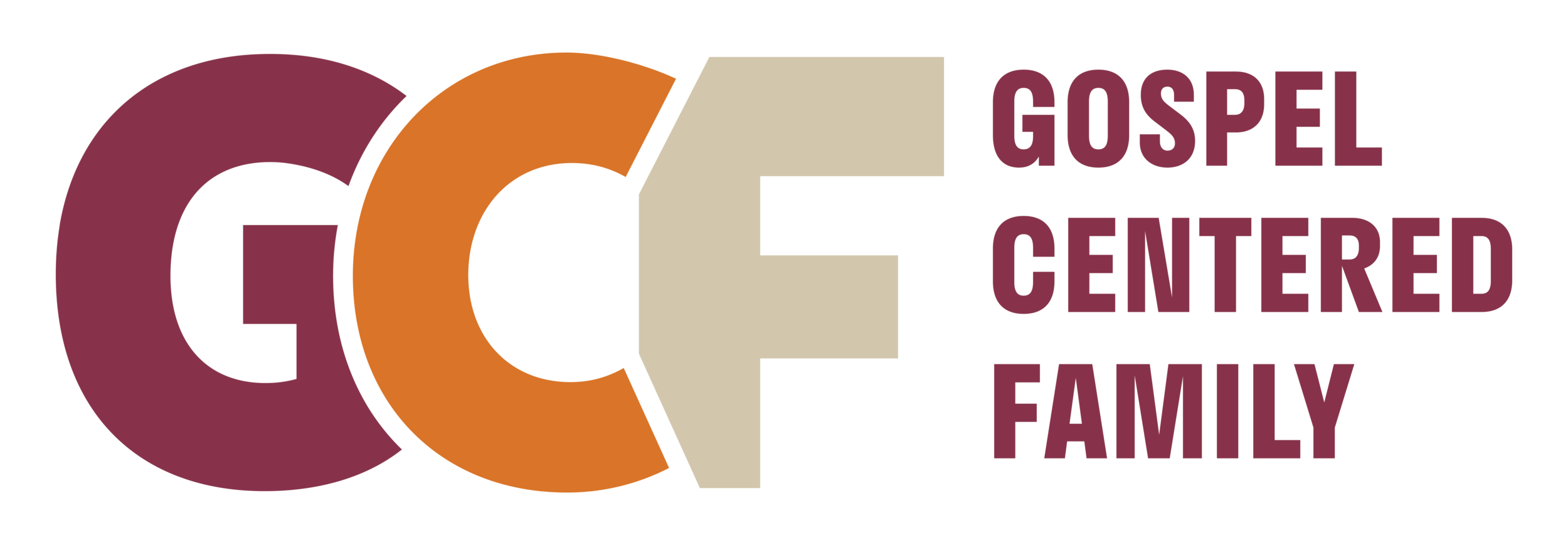How to Use a Catechism
Last week, I wrote about how I believe catechism is still a useful tool for teaching kids the gospel. But how does it work?
Here are some pointers for using this tool with your ministry and your family:
Choose a catechism that majors on gospel basics. Choose one that simply unpacking God’s story and our response to it in faith and love. The Heidelberg Catechism (1576) and the Westminster Shorter Catechism (1642-47), the two most famous and widely accepted Protestant catechisms, follow this pattern. They begin by unpacking God’s story (creation, rebellion, redemption) and the Apostle’s Creed. Then they conclude with our response by teaching the Ten Commandments and the Lord’s Prayer.
Choose a catechism that is age-appropriate. There are catechisms out there for everyone. A Catechism for Boys and Girls (1969) is simple enough to begin with a toddler. The Heidelberg Catechism was designed for new adult believers.
Be sensitive about your community context. You might come from a traditional church that embraces catechism; to that I say, “good.” Start today. A friend of mine comes from a very traditional Catholic area, so the word catechism has a good amount of baggage with it. Could they still use catechism as a systematic way to teach their kids biblical truth? Yes, but they've decided to call Questions and Answers.
Don’t make the catechism the main thing. Our church doesn't teach a catechism curriculum. Instead, we use catechism questions to supplement the main Bible lesson. When we teach on Adam and Eve from Genesis 3, our toddler leaders rehearse, “What is sin? Sin is saying, 'No' to God” with the kids. That little Q & A from A Catechism for Boys and Girls helps us highlight one of the main points of the Bible lesson. Catechism curriculum isn’t necessarily wrong, but using the catechism as a supplement helps ensure that memorizing the catechism doesn’t become the main thing. It's just a tool we're using to point kids to Jesus.
Make it fun! Every week, in our elementary assembly, we rehearse on catechism question with the the kids. Our kids musicians have created an intro riff they use to intro the question each week. The kids dance and then shout out "Catechism!" as the riff ends. Then, we rehearse the weekly question as a call and response. This Sunday morning—just before I started writing this post—our weekly catechism question was accidentally skipped in the regular order of service. The kids all shouted out, "But what about the catechism!" I had to laugh. They enjoy it. The doctrine isn’t dry and boring for them. It's a joy.
Use it as a tool to equip families for discipleship at home. We regularly provide the catechism as part of family resource guides and take home sheets. In these guides, questions and answers are accompanied by Scripture references that support the answer given. It is helpful for kids to memorize the verses along with the questions and answers. This is another way of ensuring the catechism remains a gospel tool we use to point kids back to Jesus and His redemptive story. Our family then reviews a question each night at dinner. We have a little chalkboard we keep near the table. I write up the question and answer then have the kids say the answer back.
Later this week, I'll point you to some of the best catechism resources of which I'm aware.
Do you use a catechism to teach the kids in your home or church? If so, comment below and share what strategies have been helpful for you.
This post and the my earlier one "From Hannah Montana to... Catechism" were both based on an essay I wrote with Sam Luce entitled "Kids Have Questions. Do You Have An Answer?" in K! Magazine (May/June 2011), pp. 54-57.

